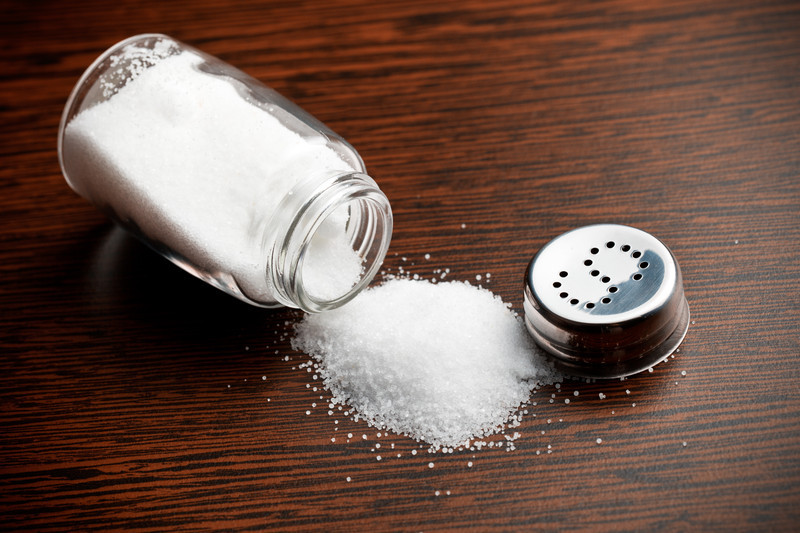6 ways to eat less salt
DASH diet effective but not the only way to reduce sodium

Your body needs a little bit of salt every day for the sodium it contains. But too much sodium can boost blood pressure and stress the heart and blood vessels. The low-sodium Dietary Approaches to Stop Hypertension (DASH) diet is high in fruits, vegetables, and whole grains; moderately high in nuts and low-fat dairy products; and low in red and processed meats. Following it can lower blood pressure and reduce the risk of heart disease and stroke.
The DASH diet is a good way to eat healthy. But there's no need to follow that specific diet to get measurable results. If you want to tackle cutting back on sodium, try these six tips:
- Choose unprocessed or minimally processed foods. Canned, processed, and frozen foods are often loaded with added salt.
- Read labels and choose lower-sodium products. When you do buy processed foods, choose items where the sodium content is less than or equal to the calories per serving.
- Know where hidden sodium lurks. Some of the highest-sodium foods that are common in the American diet include: pepperoni pizza, white bread, processed cheese, hot dogs, spaghetti with sauce, ham, ketchup, cooked rice, and flour tortillas. Make these items a small part of your diet.
- When eating out, keep an eye on salt content. Some chain and fast-food restaurant items can top 5,000 to 6,000 milligrams of sodium per serving — about four times the healthy daily limit. Downsize your portions by skipping the super-size or sharing a dish, or try to find the lower-sodium choices (many franchises have nutritional information on their websites). When eating out, ask that your dish be prepared with less salt.
- Use your sodium "budget" wisely. Rather than spending your sodium allowance on salty snacks and heavily processed foods, use small amounts of salt to enhance the flavor of produce, whole grains, nuts and legumes, and other healthy ingredients.
- Train your taste buds. One study found that people enjoy lower-sodium foods almost as much as food with the common sodium overload. It is possible to shift your sense of taste to enjoy foods made with less sodium.
Make these changes gradually but consistently to reduce your sodium, and over time you'll find that you don't miss the salt.
For more on developing and maintaining healthy eating habits, buy Healthy Eating, a Special Health Report from Harvard Medical School.
Image: iStock
Disclaimer:
As a service to our readers, Harvard Health Publishing provides access to our library of archived content. Please note the date of last review or update on all articles.
No content on this site, regardless of date, should ever be used as a substitute for direct medical advice from your doctor or other qualified clinician.















